Keepers – Livie Gallery, Zurich, 2024

Exhibition view of Keepers at Livie Gallery, Zurich. Documentation: Esther Mathis
textTeeth grinding and tears—these are reactions I can relate to when contemplating our planet’s fiery future, previews of which darken skies today, from Greece to Quebec, near where I write. In Dimitra Charamandas’s installation, Harvesting Tears, nominated for this year’s Swiss Art Awards, the artist included a ledge of translucent pellets, found objects whose force comes from a kind of semantic surplus. Known as mastic tears, they are the crystallized droplets secreted by the mastic tree, long prized in the Mediterranean for medicinal and culinary purposes. The word mastic comes from the Greek masticháo, which means to grind the teeth, and the resin is cultivated by scraping the trees’ bark. In 2012, a wildfire tore through the island of Chios, the main source of mastic, scorching some 16,000 acres, and many mastic groves and livelihoods in the process.
Communal rituals, whether of mourning or celebration, fascinate Charamandas, who was born to a Greek-Swiss family in Solothurn, and who makes collaborative meals as a part of her practice. There are relatively fewer rituals of grief in Switzerland, indeed in the global north, the artist tells me. I cannot help but think of the clinical view of grief in “stages,” from denial to acceptance, popularized in the 1960s by the Zürcherin Elisabeth Kübler-Ross. Kübler-Ross later acknowledged that these stages might not be linear, nor experienced by everyone, and that they might apply to many forms of grief. Psychologists today use terms like eco-anxiety or climate grief to describe the sense of loss many of us experience. In this context, “acceptance” should not be seen as defeatism, but rather as the precondition to adaptation, resistance, transformation. No one moment—or artwork—could embody all “stages” of grief. Harvesting Tears, then, finds its answer in the artist’s other works.
Staffage, in art historical terminology, refers to the accessory figures—usually human—added to a landscape for scale. In Charamandas’s painting Grounding Place, which accompanied her mastic tears, there were neither people nor plants nor animals, but rather the sheer, ambiguously scaled surfaces of a caldera, the depression at the center of a collapsed volcano. In Keepers, however, life returns at the margins—between the wild and the cultivated, the devastated and the verdant. Some of the flowers the artist paints are central to old folk wisdom while others are the subject of new research, much of it done in Greece, on remediating land poisoned by industrial pollution. James Bridle, a Brit living on the Greek island of Aegina, writes about these “hyperaccumulators,” which pull heavy metals from the soil and allow new life to spring up. Bridle views these plants as a kind of natural technology, a non-human intelligence that humans should think with. It remains to be seen, however, whether such measures—profoundly elegant in their own right—are mere mitigation, as we hurtle on toward self-destruction, or whether they will be accompanied by more fundamental change. For Charamandas, this is a question not just of technology, but culture. In Keepers we find both.
—Robert Wiesenberger
Curator of Contemporary Projects at the Clark Art Institute in Williamstown, USA
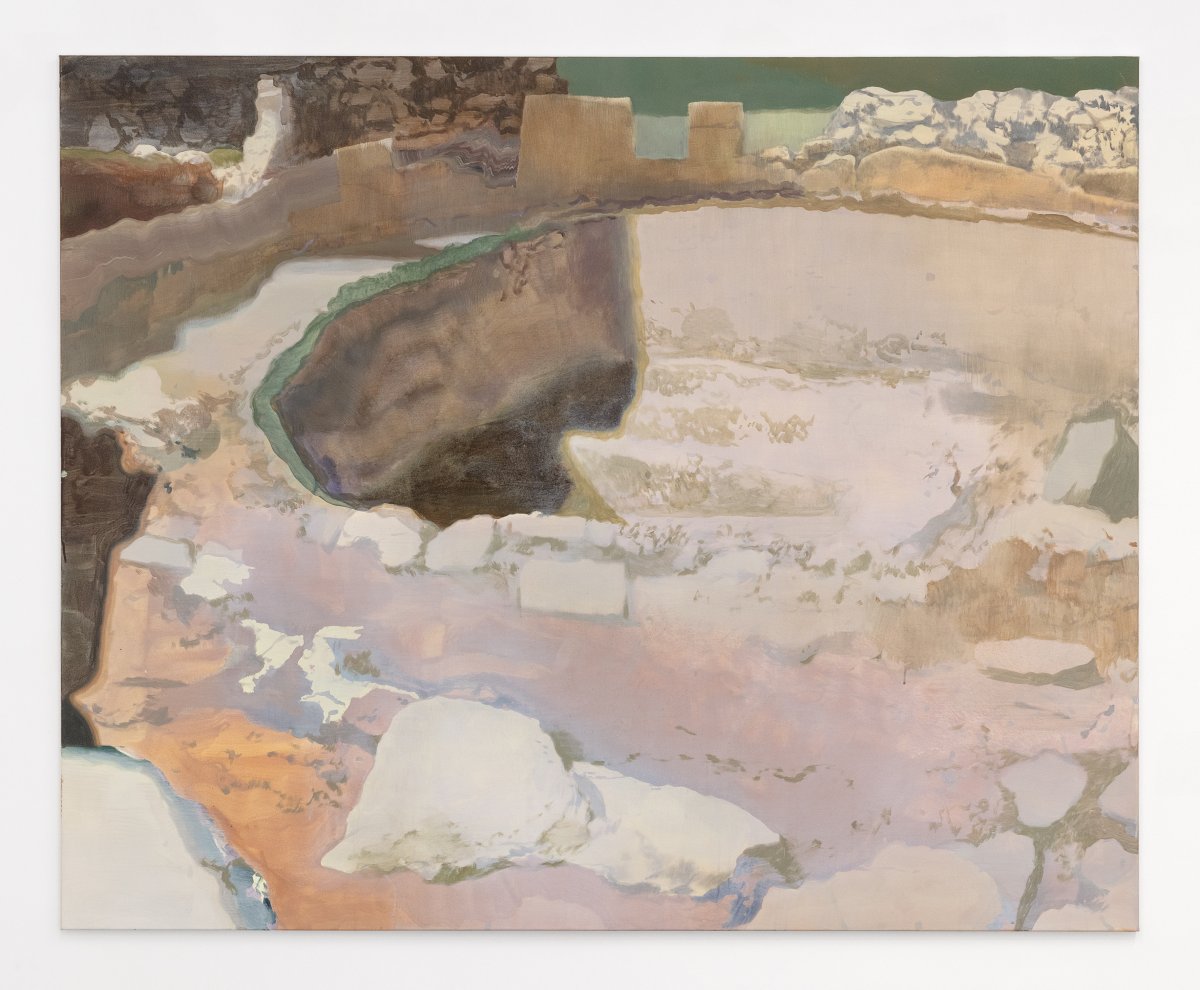
Forgotten rulers (Tomb I.), 170 x 210 cm, Acryl auf Baumwolle
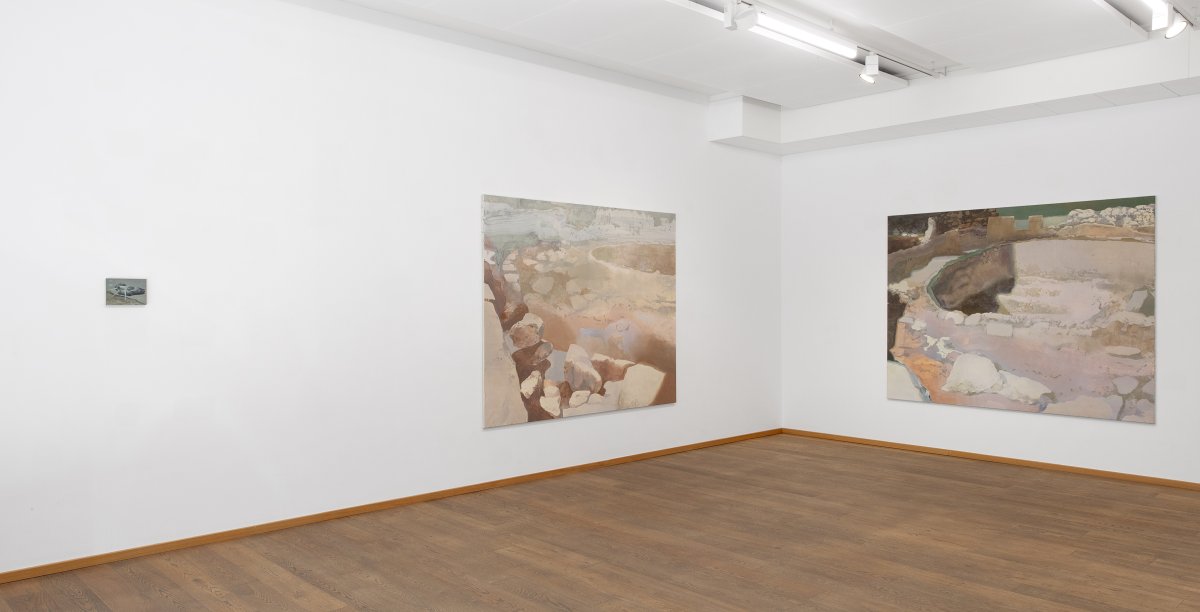
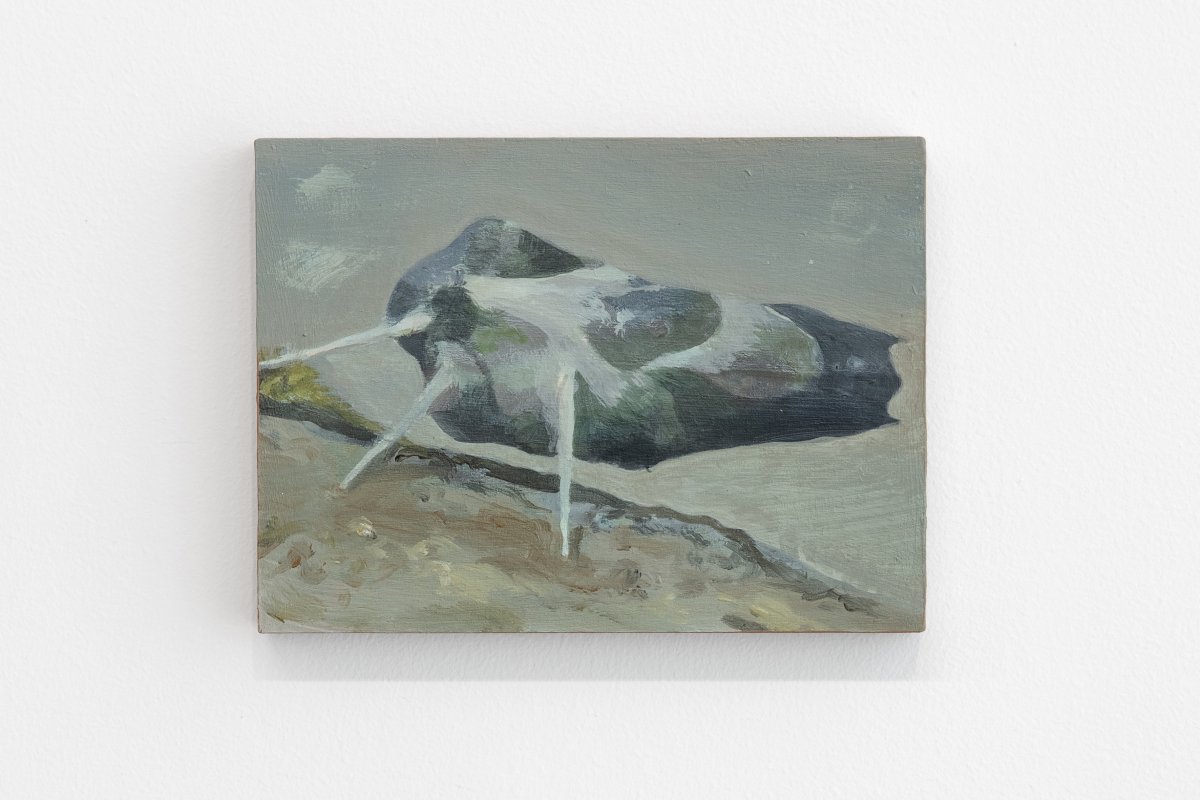
Hawk moth, 13 x 19 cm, acrylic and shellac on wood
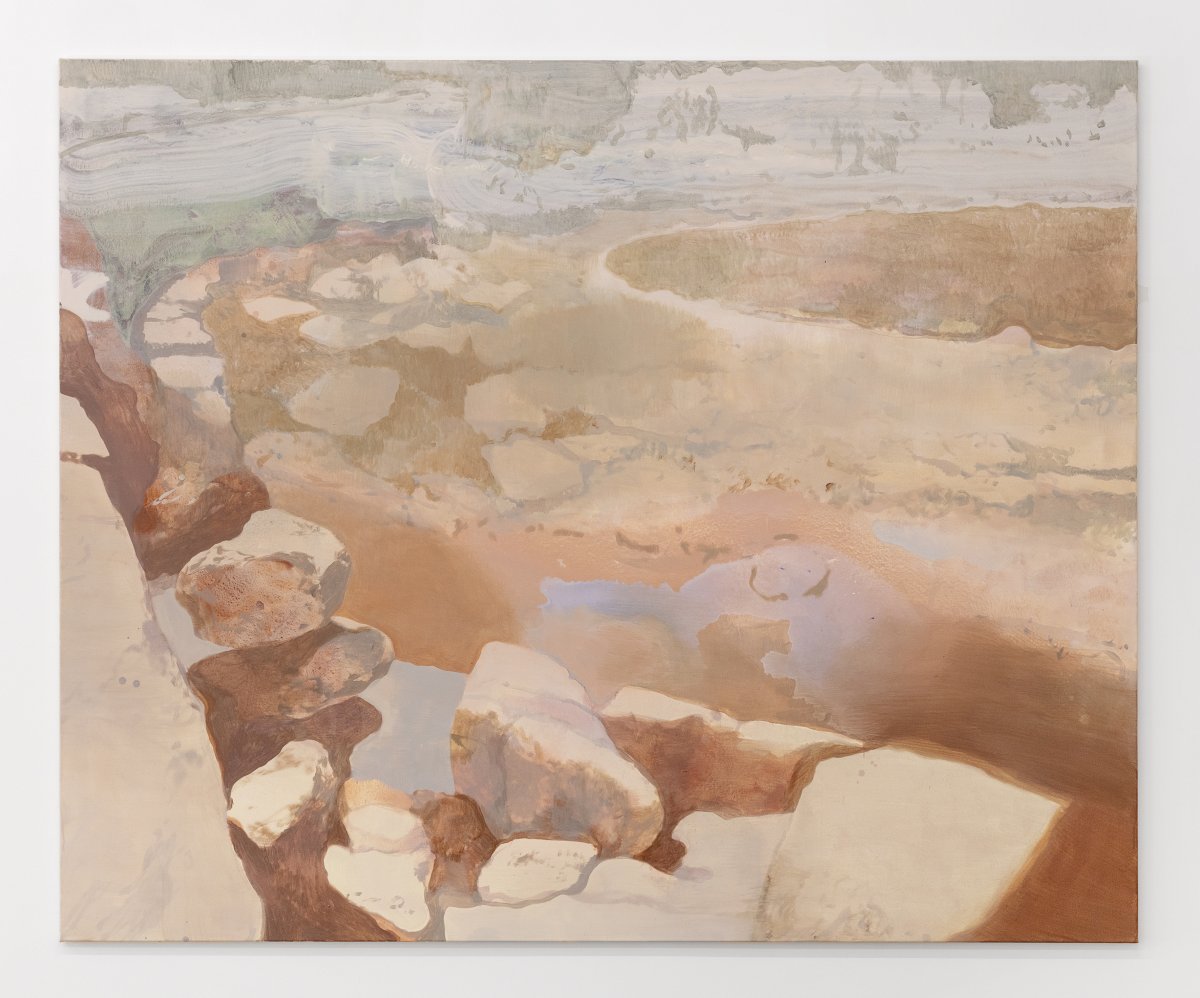
Circle (Tomb II.), 170 x 210 cm, Acryl auf Baumwolle

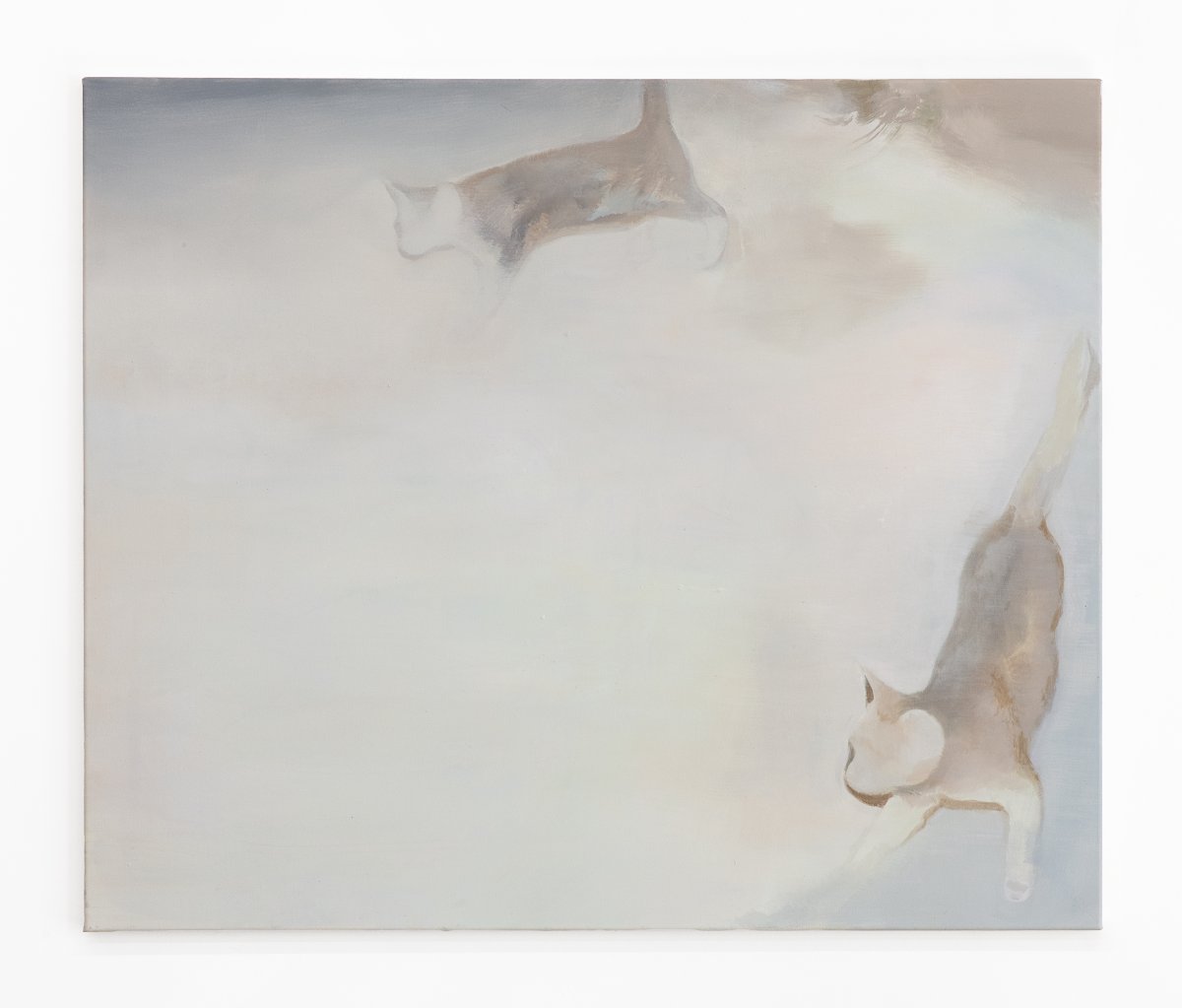
Nocturnal waking, 100 x 120 cm, Acryl auf Baumwolle


Village margins (Mandarines), 100 x 150 cm, Acryl auf Baumwolle
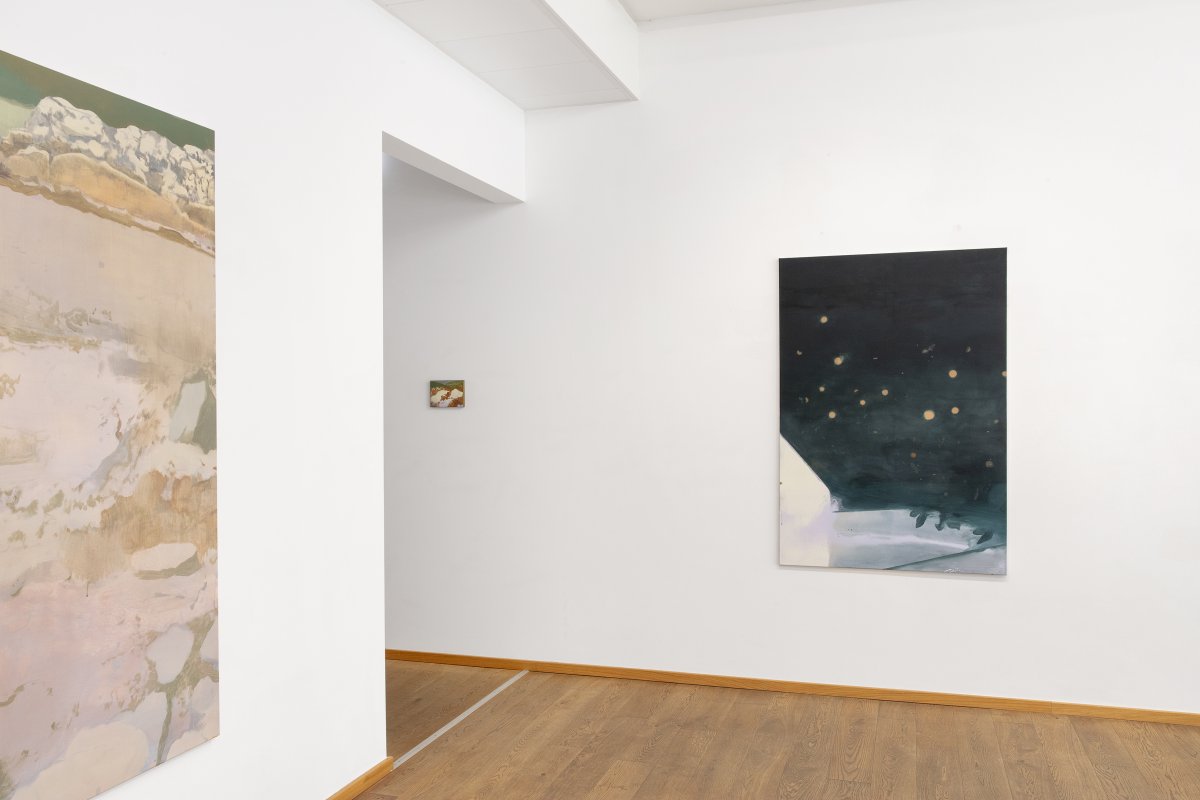

Metal crops (flower fields I.), 13 x 19 cm, acrylic and shellac on wood

Left side: Late bloom, around 8’, digital video looped, wooden frame, acrylic, 13 inch screen, head phones. Sound piece/composition: Wren Cellier, colour grading/rendering: Luca Mengisen, technical support: Video company For the video work Late bloom I collaborated with Wren Cellier; The Swiss based artist, performer, composer and singer experiments sound work combining folk music, spoken word and distorted field recording. Cellier took the invitation to more generally react on my research around mourning rituals and polyphonic lamenti, and more specifically to a video footage of an evening primerose taken in late Summer. In close exchange, Cellier composed a sound piece, interweaving their voice with sounds such as the buzzing of flies, belly sounds and the rhythmic clicking of metal.
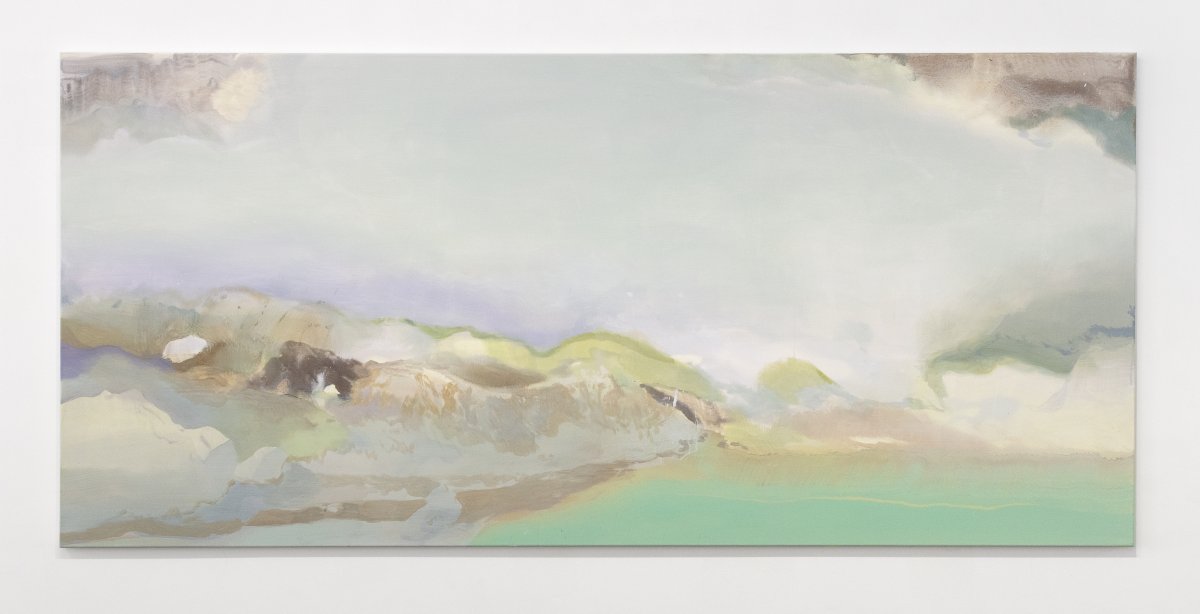
Fumes (Crevice), 110 x 240 cm, Acryl auf Baumwolle
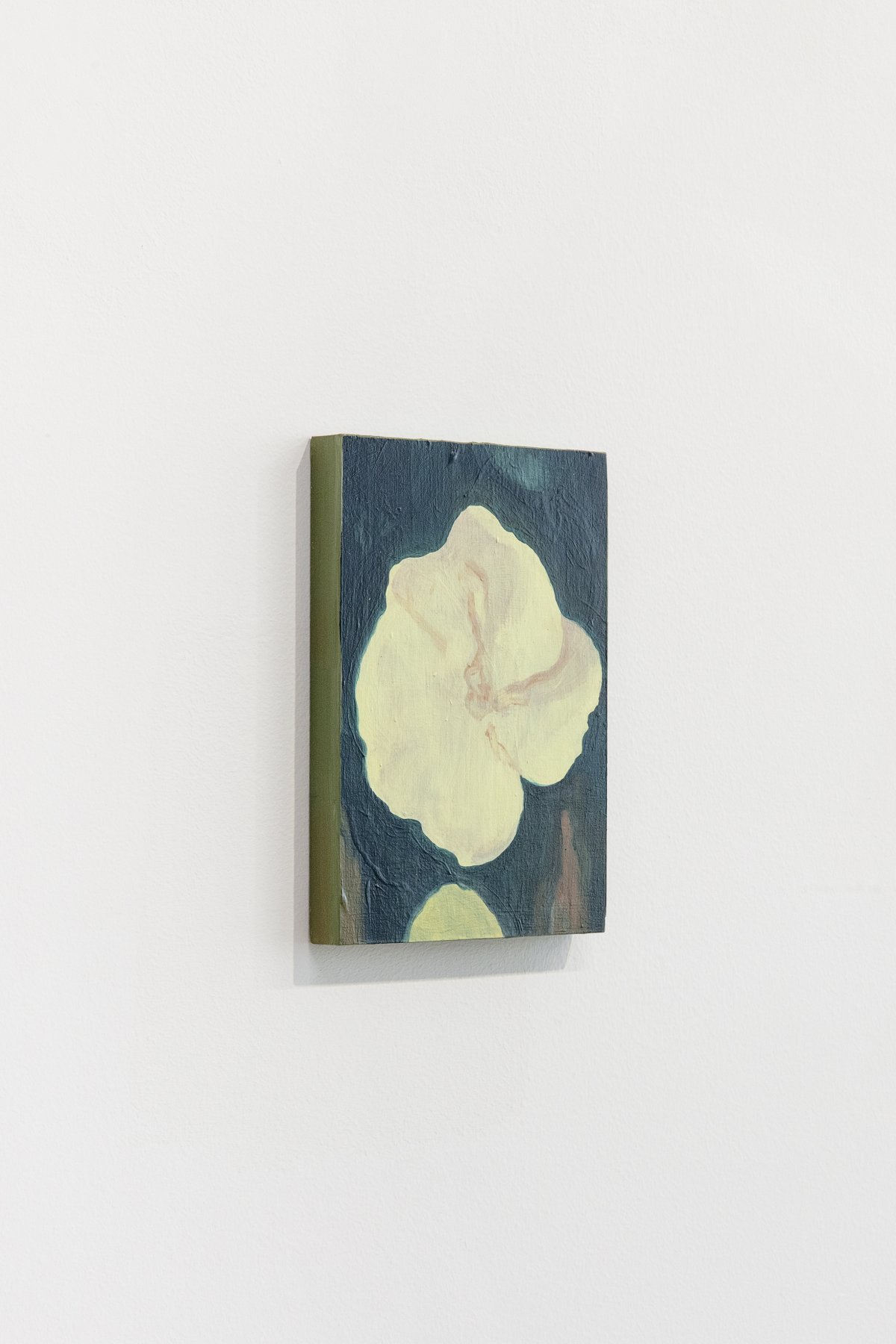
August flower (Remedy), 19 x 13 cm, acrylic and shellac on wood
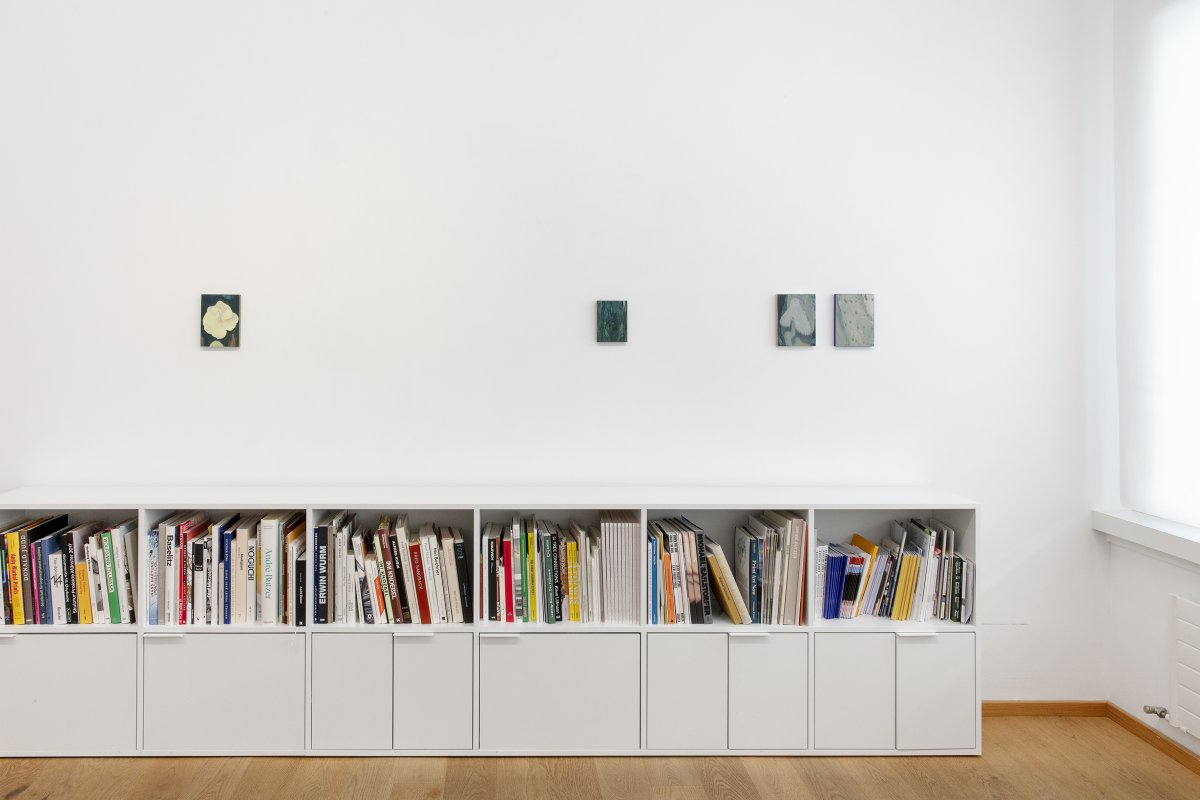
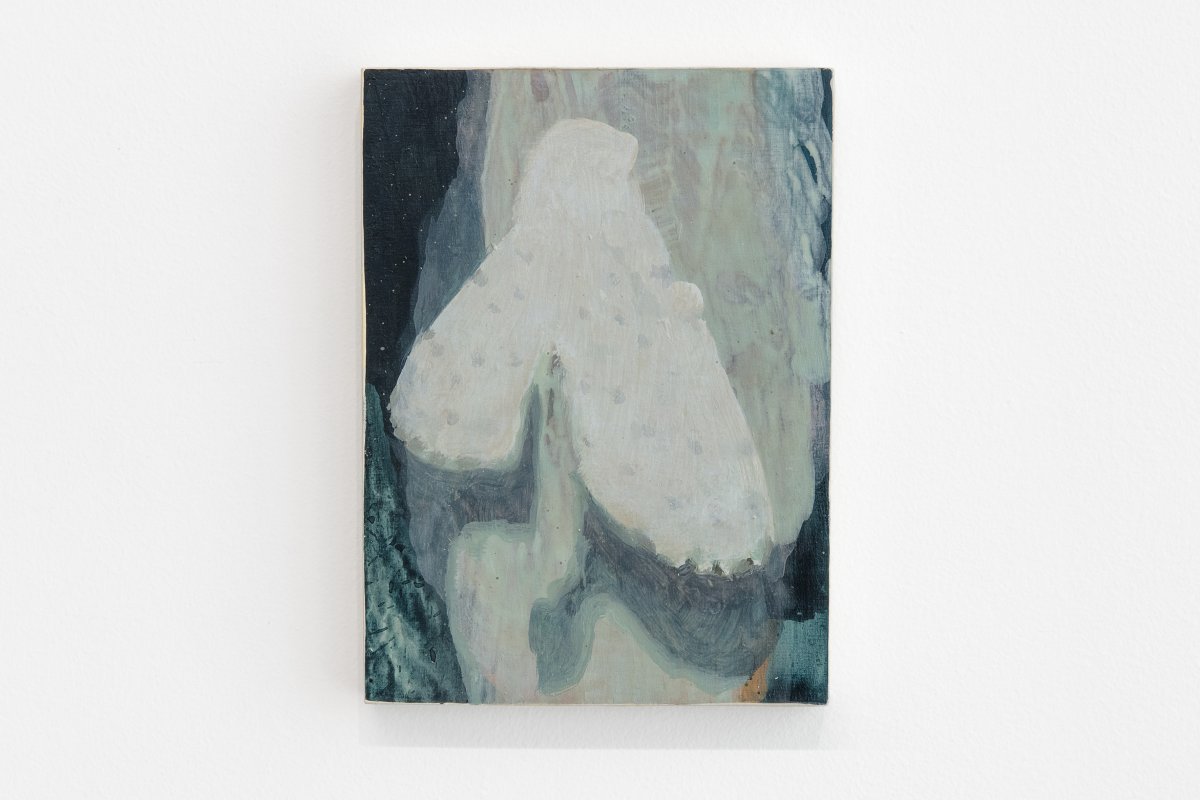
White Ermine, 19 x 13 cm, acrylic and shellac on wood


Close to Ermine, 19 x 13 cm, acrylic and shellac on wood